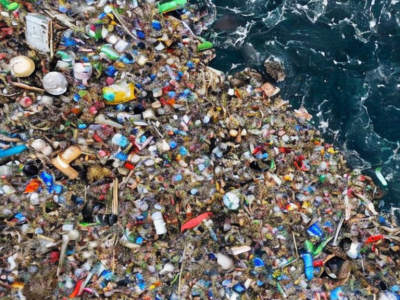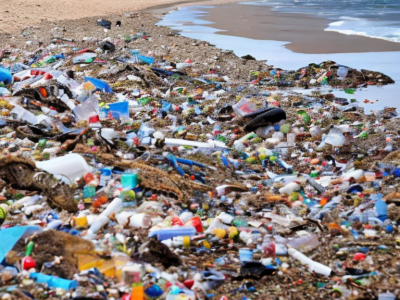Datasets
Standard Dataset
Hyperspectral Remote Sensing Benchmark Database for Oil Spill Detection with an Isolation Forest-Guided Unsupervised Detector
- Citation Author(s):
- Submitted by:
- Ashwini pal
- Last updated:
- Tue, 10/31/2023 - 13:42
- DOI:
- 10.21227/mcqt-xh17
- Data Format:
- Research Article Link:
- Links:
- License:
 886 Views
886 Views- Categories:
- Keywords:
Abstract
In the wake of marine oil exploration and transportation, the accidents of oil spills have occurred
frequently around the world, which leads to the severe pollution of the marine environment and the
huge damage of coastal species [1–6]. On April 20, 2010, the explosion of Deepwater Horizon oil
drilling platform led to a severe leakage. Million barrels of oil polluted the Gulf of Mexico with the
area of about 10,000 square kilometers [7, 8]. Due to this accident, the marine ecosystems, such as fish
and seabirds, have been seriously destroyed. On June 4, 2011, the Penglai 19-3 oilfield in Bohai Bay,
Northeast China, witnessed a serious oil spill incident, which caused the leak of more than 7 thousand
tons of oil into the sea [9]. The polluted area was almost 6200 square kilometers. If the oil would not
be timely monitored after the leakage, the oil slick would be washed onto the coast by the sea waves.
This situation would pose a huge threat to coastal aquaculture fishery resources and human health.
Therefore, it is of great importance to effectively detect oil spills on the sea surface to monitor the
distribution, impact, and volume of oil spills. Hyperspectral data, which provides rich spectral information
from the visible to the infrared spectrum, are a good candidate for oil spill detection.
The dataset comprises of matlab files. A notebook is attached to show how to read hyperspectral aerial imagery and corresponding masks.











Comments
test
sir how do we access teh datasets?